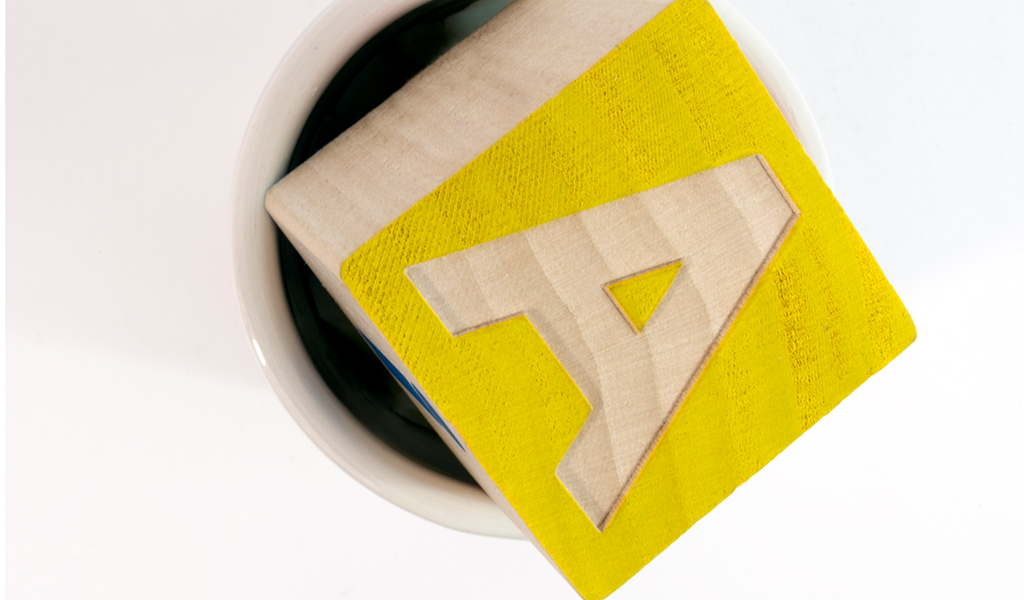Who wants to buy a pig in a poke? Especially when you are entering completely new territory with it… The first stroller, for example: you are already aware that you need it, but the decision between a small pack format or the bicycle trailer combination is more difficult.
The last time I bought a baby carriage was some time ago (now I am an expert in buying skateboards). But if you’re just about to make a choice, I recommend a dark model, because you can’t see the dirt so clearly.
An IoT system is usually not as sensitive to dirt, but its selection is all the more complex. Especially since many companies are breaking new ground with it and can already despair of the selection of the right criteria.
Here I have two good news for you. First: Which IoT solution fits is easy to try out. A Proof of Concept is a very good way to test a solution without major risks before you decide on a system. And secondly, as much as IoT offers new opportunities, smart business processes are based on good old business virtues:
- Are you sure what your IoT business will look like and that it will stay that way for a long time? Probably not. IoT is a very volatile market where a lot is happening right now. So your IoT system needs to be responsive and best adaptable by the business department itself. The keyword behind this is “low code”, which means no time-consuming programming to map your processes. And if that’s not enough, the system should be so modular that you can simply “reload” additional components.
- Does your IoT business emerge on the greenfield or does it expand your existing business? If the second is the case, then your IoT system should be able to talk to the rest of the IT world in your company: Spare parts orders, for example, should generally have passed through financial accounting once. Open or even certified interfaces are the most important thing here as well.
- Do you manufacture industrial goods? Do you also have to do with spare parts and maintenance? Then your new best friend in IoT new territory becomes the “Digital Twin”. But only if it’ s also suitable for industrial use: it must be able to map the components of your system in detail (preferably with the corresponding 3D model), know the current parameters such as software statuses and, in particular, be able to document changes after maintenance or conversion.
To be honest, the connection of devices is usually only a question of fiddling, but usually not a fundamental problem. Step by step, standard protocols for machine-to-machine (M2M) communication such as MQTT (Message Queuing Telemetry Transport) or OPC/UA (Unified Architecture) are gaining acceptance and making life easier for everyone involved.
So: Just try it out with a Proof of Concept! If you also pay attention to the three touchstones, you’re in the running. Then the possibilities of “Analytics”, “Big Data”, “Data Driven Processes” or “Predictive Maintenance” are open to you.



